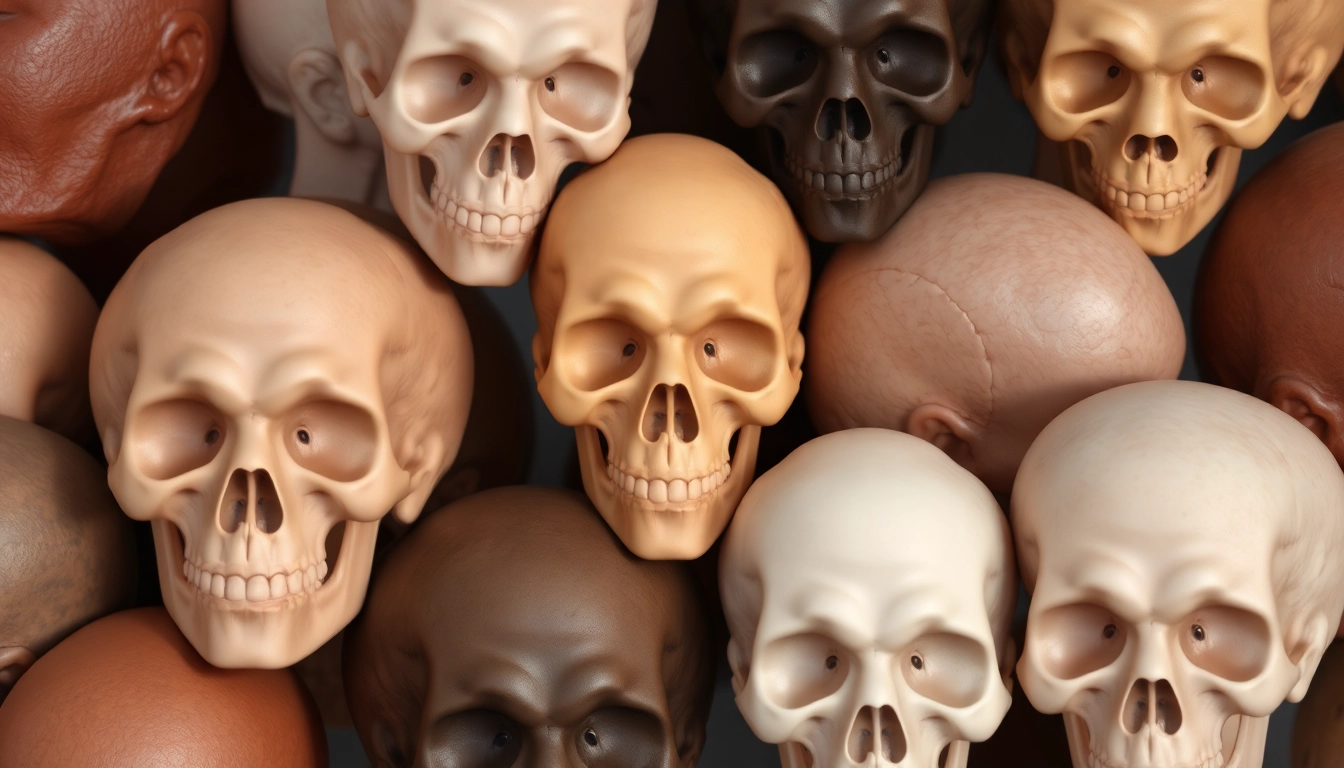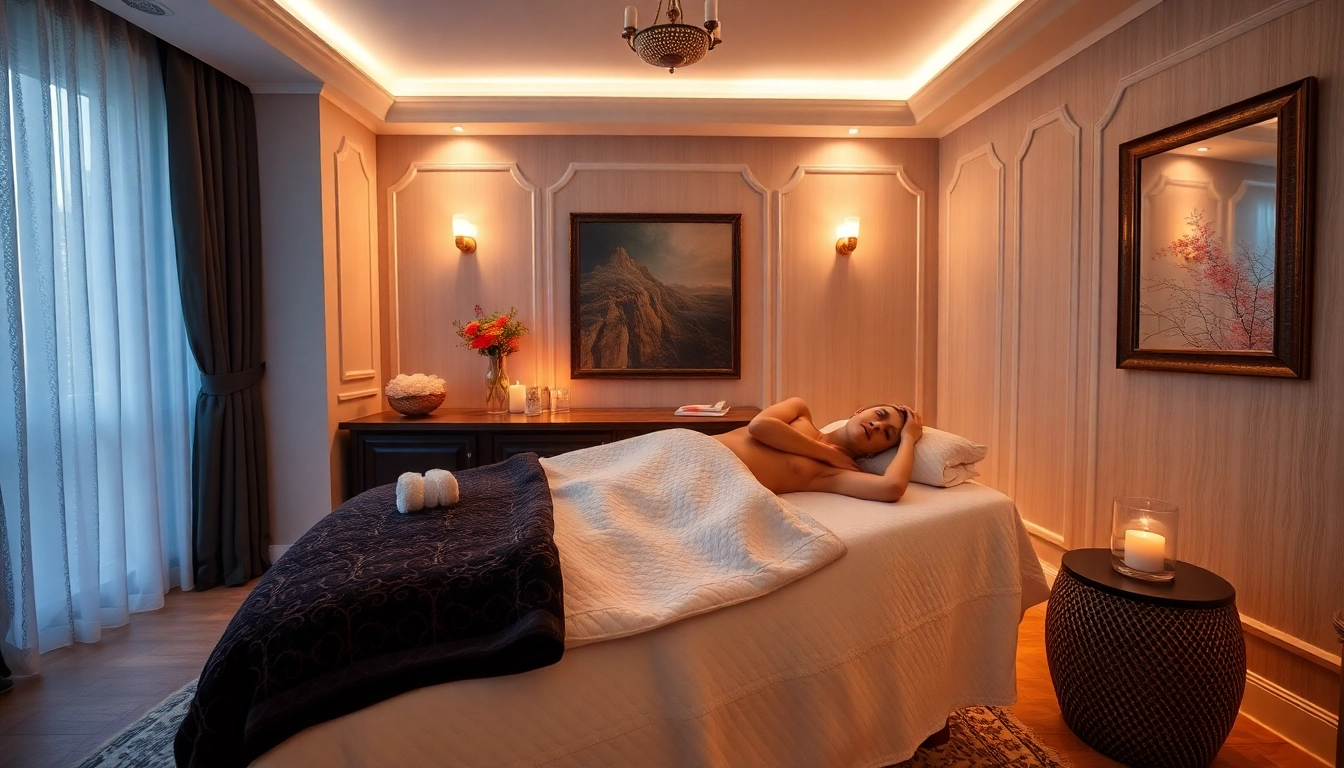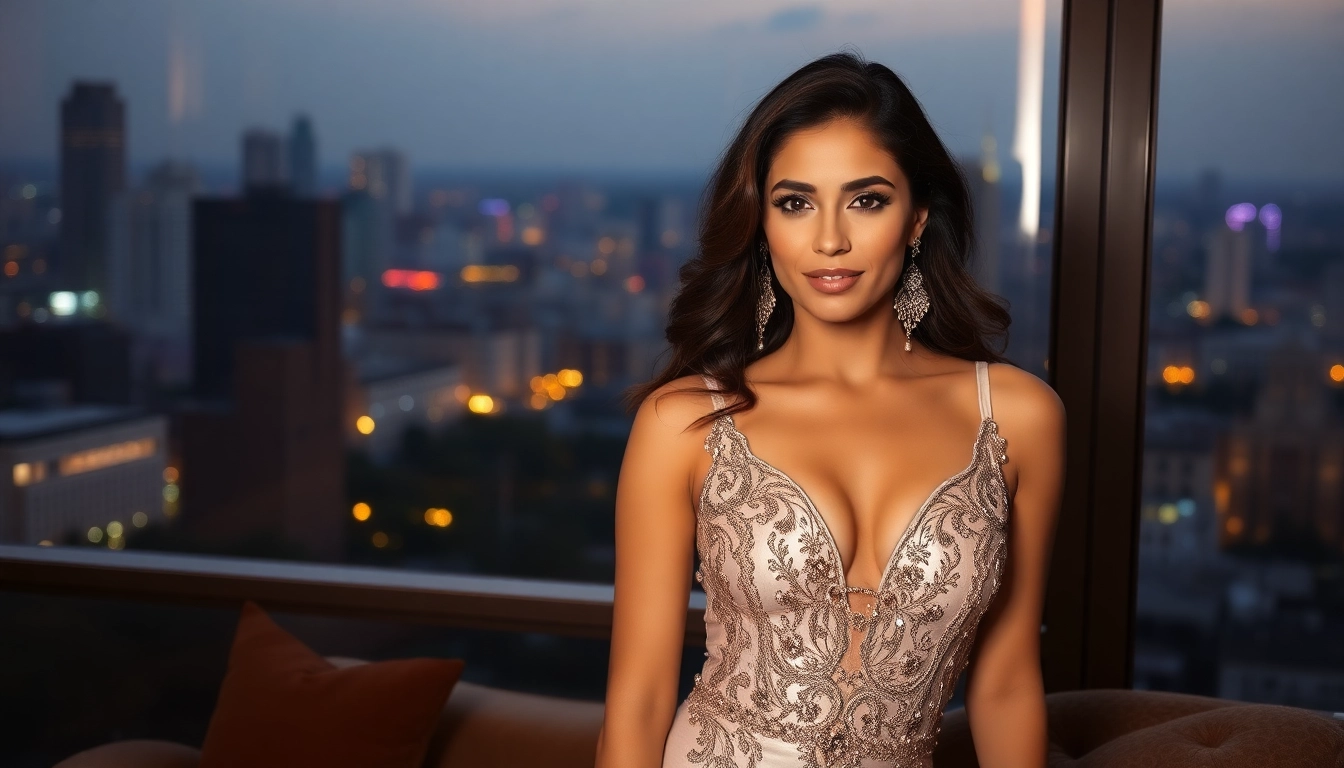Introduction to Head Shape: Types and Significance
Defining head shape and common classifications
Understanding the concept of head shape begins with recognizing that it refers to the contours and proportions of your skull. Although each person’s head is unique, specialists and stylists have identified key classifications that help categorize these variations. The most common types include round, oval, square, rectangular (or oblong), heart-shaped, and diamond-shaped heads. These classifications are based on measurements and proportional relationships between different parts of the skull, such as width, length, and the curvature of the jawline and forehead. Recognizing your head shape is crucial for choosing hairstyle, accessories, and even eyewear that enhance your natural features.
In-depth analysis considers factors like the prominence of the cheekbones, forehead width, and the overall profile. For example, a round head typically features equal width and length with soft contours, while a square head shows a more angular jawline and broader forehead. Understanding these patterns provides a foundational framework that informs personal styling strategies and boosts overall confidence.
The importance of knowing your head shape in personal style
Personal style is a mirror of individuality, but it can be significantly refined by tailoring choices to your head shape. When you know your skull’s contours and proportions, you can select hairstyles that highlight your best features and minimize those you might find less flattering. For instance, individuals with round heads might opt for layered cuts that add height and elongate the face, whereas those with square shapes could prefer styles that soften angular features.
Moreover, understanding your head shape helps in selecting accessories like hats, glasses, and statement jewelry that complement your natural structure. For example, a heart-shaped head might be complemented by elongated earrings that balance the wider forehead. By aligning accessories with your head’s proportions, you craft a cohesive aesthetic that elevates your overall appearance.
How head shape influences hairstyle and accessory choices
Head shape acts as a blueprint for styling decisions. Hairstyles are not one-size-fits-all; they should be chosen with your skull contours in mind. For example, soft waves and layered cuts are suitable for oval or rounded heads, adding volume and movement. Conversely, sleek, angular cuts can enhance the sharp features of square or rectangular head shapes.
Accessories also play a pivotal role. Wide-brim hats work well for elongated heads by providing balance, while beanie hats can accentuate a round head if styled properly. Glasses with thick rims or angular frames suit square and rectangular head shapes, emphasizing structural features. Understanding these relationships ensures your style choices work with your anatomy rather than against it, fostering a polished, harmonious look.
Assessing Your Head Shape: Step-by-Step Techniques
Best methods for measuring and identifying head shape
Determining your head shape involves a combination of measuring and visual assessment. The most accurate approach begins with measuring key dimensions: the width of your forehead, the width of your cheekbones, the width of your jawline, and the length of your face from hairline to chin. Use a flexible measuring tape for precision, ensuring the tape sits flat against your skin without tightness.
After gathering measurements, analyze the ratios and proportions. For example, if your face is longer than it is wide, you may have an oval or rectangular shape. If the forehead and jawline are similar in width, and the face is rounded, you likely have a round head. Visual comparison in front of a mirror, with well-lit natural light, can further clarify your classification.
Tools and images to accurately analyze your skull contour
Several tools can assist in head shape analysis. Digital apps and online quizzes provide 3D visualizations, helping you compare your measurements to standard head shape profiles. Additionally, using a mirror with a measuring tape or drawing your head’s outline on paper can highlight contours and extend your observations beyond simple numbers.
Reference images from reputable style resources or consulting with a stylist or dermatologist can also enhance accuracy. These professionals can offer tailored insights based on intraoral 3D scans or personal assessment, especially if your head shape falls between classifications or is atypical.
Common mistakes to avoid during assessment
One prevalent error is relying solely on visual estimation without measurements, leading to inaccurate classification. Also, avoiding measurement inaccuracies—such as improper tape placement or inconsistent tension—ensures the reliability of your data.
Another mistake is ignoring asymmetries or natural contours, which can complicate categorization. Remember that most heads have slight irregularities, and classifications are broad categories, not rigid rules. Patience and thoroughness during assessment yield the most reliable results.
Practical Tips for Enhancing Your Head Shape Appearance
Haircut and styling tips based on head shape variations
Once you identify your head shape, customizing your hairstyle becomes straightforward. For example, individuals with round heads should consider layered cuts with volume on top to create an elongated effect. Square-shaped heads benefit from hairstyles that soften angularity, like textured layers or side-swept bangs.
Oblong or rectangular heads perform well with styles adding width, such as side parts or voluminous crowns, balancing elongated features. Heart-shaped heads might look great with chin-length bobs or side-swept bangs that draw attention downward, creating a harmonious silhouette.
Choosing accessories that complement your skull contours
Accessories can accentuate your natural features and create visual balance. For elongated heads, wide-brimmed hats or statement earrings add width. For round heads, angular glasses and structured hats help create contrast and definition.
Necklaces and scarves also guide the viewer’s eye, emphasizing vertical or horizontal lines to enhance your head shape’s natural harmony. By pairing accessories thoughtfully, you can optically adjust proportions and highlight your personal style effectively.
Lifestyle habits that impact head shape perception and health
Beyond external styling, healthy habits influence how your head shape is perceived and maintained. Proper posture supports skeletal alignment, preventing asymmetries caused by slouching. Staying hydrated and maintaining a balanced diet contribute to healthy skin and scalp, aiding your hairstyle look and overall appearance.
Engaging in regular physical activity improves blood circulation, supporting skull and muscle health. Additionally, avoiding habits like prolonged helmet use or sleeping in awkward positions helps preserve the natural contours of your head over time.
Customizing Your Personal Image with Head Shape Insights
Designing tailored face and hairstyle lookbooks
Creating a personalized lookbook based on your head shape allows you to experiment with styles that consistently flatter your features. Use online tools and professional consultations to compile a selection of hairstyles, accessories, and color schemes suited to your proportions.
Photographing your samples or maintaining a digital collage helps track what works best, streamlining future styling decisions and reinforcing your unique aesthetic identity.
DIY hacks for minor modifications to improve balance and harmony
Simple DIY adjustments, such as layering hair for added volume or experimenting with parting positions, can make significant differences. Hair chalk or temporary color changes can highlight certain areas, helping you assess visual balance before committing to permanent changes.
Practicing posture correction or head exercises may subtly influence how your head shape is perceived, especially if asymmetries are minor or due to muscular tension.
Examples of celebrities and models with specific head shapes
Many well-known figures exemplify how head shape informs style choices. For instance, actress Emma Stone has an oval head, allowing versatile hairstyle options ranging from blunt cuts to layered waves. Meanwhile, actor Brad Pitt’s squared jawline emphasizes a more angular head shape, favoring structured hairstyles that highlight his bone structure.
Studying these examples can inspire you to select styles and accessories that amplify your natural strengths and define your personal style narrative.
Advanced Considerations and Expert Advice
When to consult a specialist for head shape concerns
If you notice asymmetries, unnatural contours, or experience discomfort attributed to head shape or scalp issues, consulting a professional such as a dermatologist, orthodontist, or stylist is advisable. They can provide precise measurements, diagnosis, or treatment options, including corrective procedures if necessary.
Professional guidance ensures that your styling and health considerations are aligned with your unique needs, enhancing both appearance and well-being.
Emerging trends in head shape analysis and products
Technological advancements include 3D scanning, AI-powered assessment tools, and personalized product recommendations designed specifically for your head’s contours. Innovations like custom-fit helmets, tailored headwear, and reshaping procedures are gaining popularity for their precision and comfort.
Staying informed about these trends allows you to leverage the latest in head shape analysis for optimized style and health benefits.
Integrating head shape insights into overall personal branding
Your head shape is a vital element of your broader personal brand. Consistently harmonizing your hairstyle, accessories, and overall grooming with your natural contours projects confidence and authenticity. Incorporate head shape insights into your wardrobe, professional image, and social presence to craft a compelling and memorable personal narrative.
Ultimately, understanding and embracing your head shape empowers you to make informed style choices that reflect your personality and enhance your individuality.




